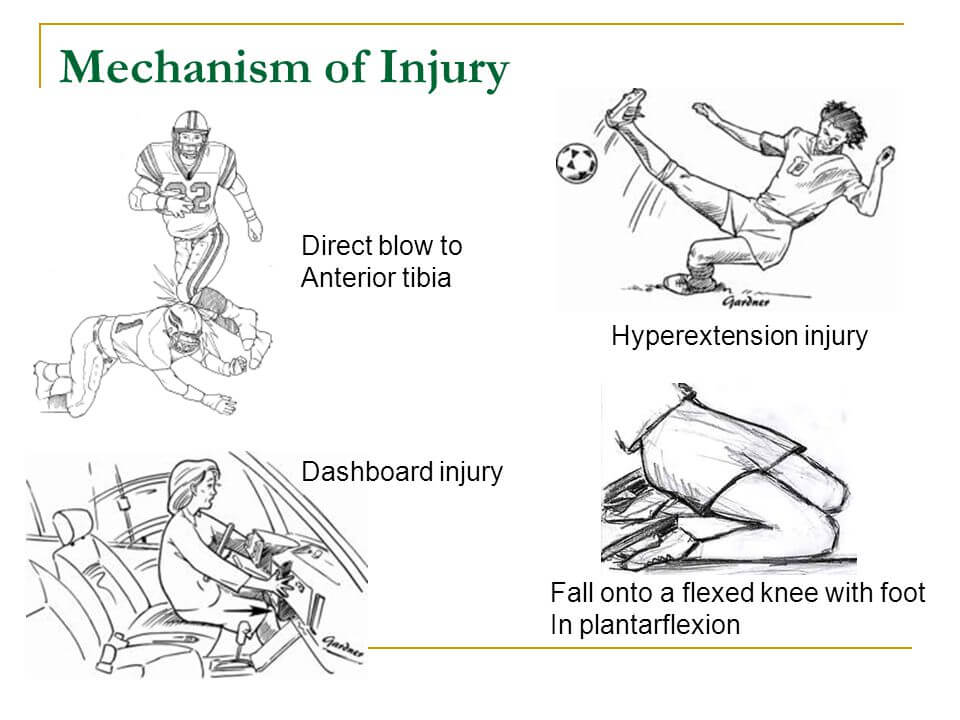The posterior cruciate ligament (PCL) injury is a condition that affects the ligaments of the knee. PCL has an essential function in knee stability which prevents the femur to forward and tibia to displace backward. The PCL injury is less common than the anterior cruciate ligament injury. It is because the posterior cruciate ligament is much stronger and broader compared to the ACL.
There are two types of the Posterior cruciate ligament injury. The first type is when there is microscopic tear in the ligament. The second type is when the tearing of the ligament is partial, and the patient feels a minor degree of instability. The treatment of the injury depends on the severity of the injury.


